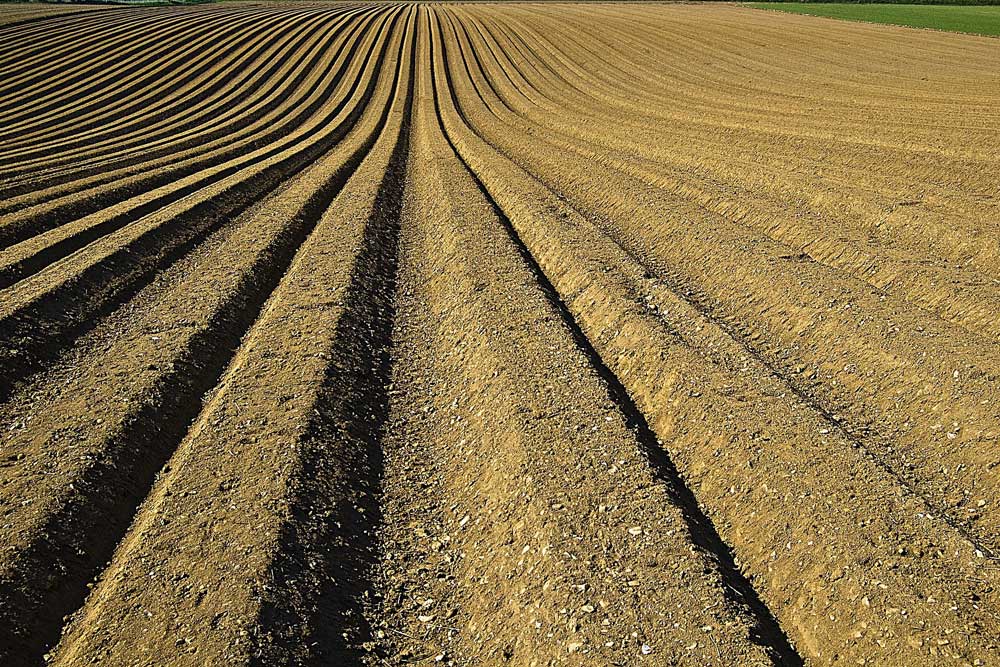For the past decade, the jolt of returning to work after Hogmanay is always a stark, but a welcome one, as I make my way down to the Oxford Farming Conference (OFC) as part of my role running the event’s marketing and media activities.
Certainly, the most challenging content of the conference this year was delivered by the ‘Soil Saviours’ speakers – Professor Jane Rickson from Cranfield University, Irish soil consultant, John Geraghty and dairy farmer, Wil Armitage, who all spelt out the woes and the immediate needs of our soils.
Even for the most hardened commercial farmers in the audience there were some frightening facts. For me the most sobering of them was that it takes 500 years to produce just under one inch of topsoil.
Added to this, globally, soil erosion carries away 25-40 billion tonnes of topsoil every year – from the wind and water travelling across the land. If efforts aren’t made to reduce this, crop yield losses are expected to equate to 1.5 million km2 of land effectively being removed from crop production.
The overriding message from these three speakers was, if we don’t all take real action now, it will be at our peril. Soil is our biggest asset, yet many ignore it. If cared for properly, good soil health can reduce all input costs dramatically and deliver high levels of production.
So, what do these sobering facts mean to us locally? Let me share some of my observations with you. Mixed farming is the core of farming in the north east of Scotland, which is good news for soil health because grazing land is well covered and organic matter return is high; however, I feel our biggest vulnerability is from root crop production, particularly carrots, neeps and tatties.
In the main, I see a lot of care in field selection for these crops, but I’ve also seen some shocking instances of planting on slopes that are way too steep, with ridges running down the hill rather than across it. It doesn’t take long to see the folly of these practices after a heavy downpour when the adjacent roads becoming awash with soil run-off – and sometimes the seed tatties themselves.
Bad practice doesn’t end there. Although rare, I’ve seen piles of soil, removed in the washing of harvested root crops, that is never returned to cropping land; in some instances, I’ve seen tonnes and tonnes of soil piled up wherever can be found to rid the processor of the spoils. This is not waste, even if weedy, it is our most vital asset.
In other parts of the UK, some land owners are starting to take their soils very seriously indeed – by adopting zero tillage, strict controlled traffic movements and zero tolerance on livestock poaching. These same farmers diligently load on multiple sources of organic matter via cover crops, muck and crop residues, to keep the soil healthy and alive.
Land owners have also started adding soil condition into tenancy and contract farming agreements to ensure that land either comes back to them in the same, or in better condition (nutrient status, compaction and organic matter content), than it was at the start of the arrangement. Those tenants that fail to comply are penalised, some of them heavily.
We are fortunate here in our region that we take a balanced approach to farming – not too intensive, with livestock in our system, and in most instances, careful farmers who think about their custody of their land.
I’d urge you all to watch the OFC videos for yourselves.

